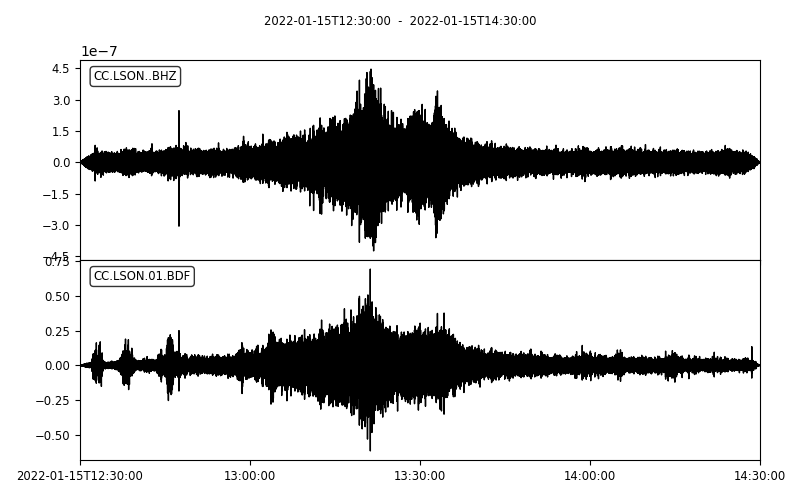PORTLAND, Ore. (KOIN) — Airwaves from the underwater volcanic eruption that happened Friday night near the South Pacific island nation of Tonga were detected at seismic stations several thousand miles away in Oregon, the U.S. Geological Survey said Saturday.
The stations logged near-mimicking seismic and infrared signals, indicating they were from the eruption that led to tsunami advisories being issued for the entire West Coast, officials said.
The related seismic stations are located at volcanic sites in the Cascades, like Mt. Hood. USGS data from Lamberson Butte at Mt. Hood is depicted in the photo below:

The eruption of Hunga Tonga-Hunga Ha’apai near the island of Tonga happened beneath the Pacific Ocean’s surface and sent ash, steam and gas more than 10 miles into the sky, according to the National Oceanic and Atmospheric Administration.
Meanwhile, National Weather Service officials in Alaska also confirmed infrasound measurements from the Alaska Volcano Observatory recorded the Hunga Tonga-Hunga Ha’apai volcanic eruption between 3:30 a.m. and 4 a.m. AKST, 5,819 miles away from the blast.